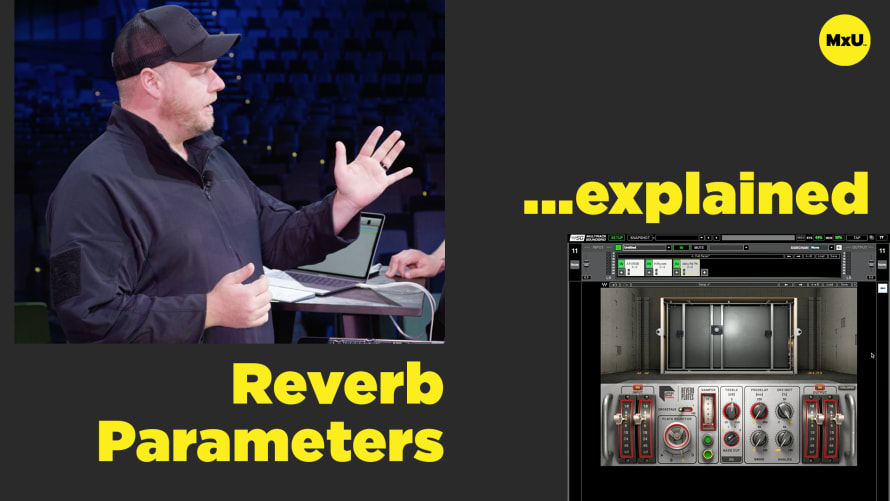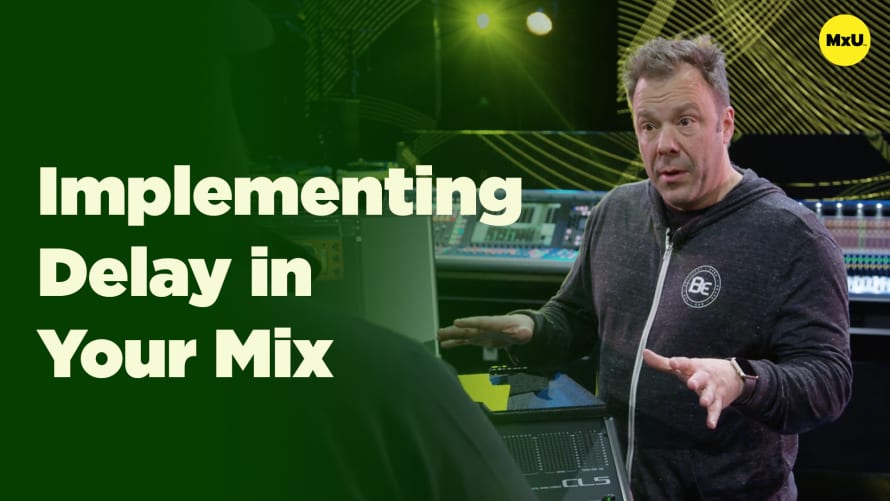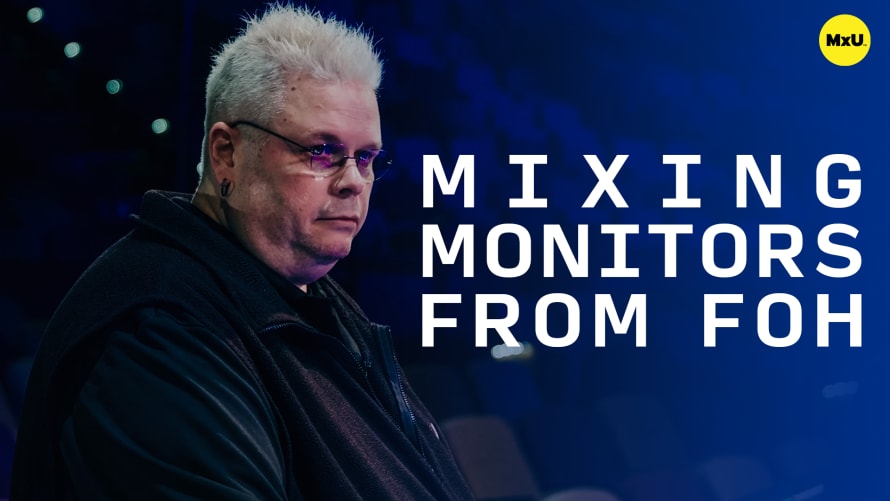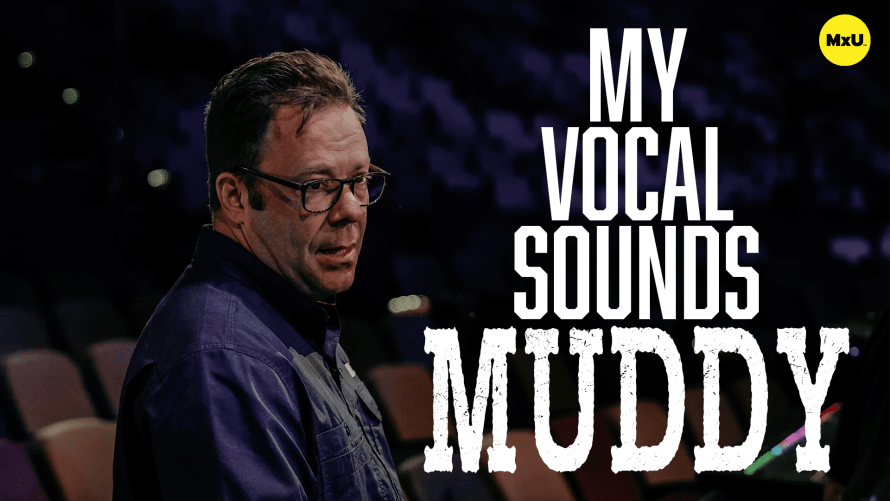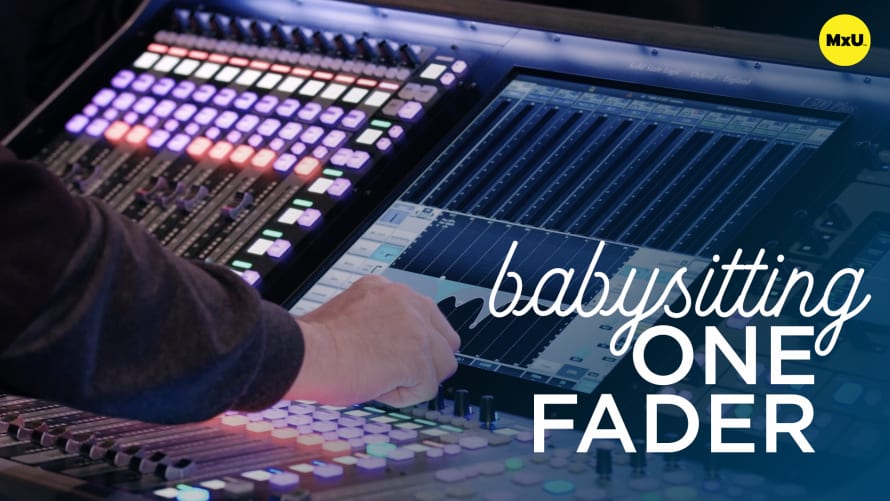Implementing Reverb in Your Mix

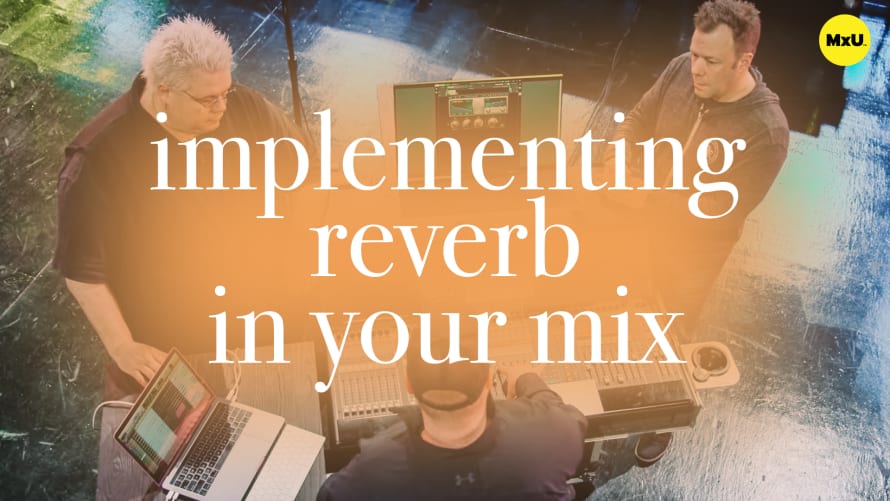
Continue watching
Sign up to continue watching Implementing Reverb in Your Mix
Pricing
Starting at $19.95 /mo
More in MxU
See a practical demonstration of using different types of reverbs on vocals. Focus on blending them to achieve a rich and spacious sound. Each type of reverb contributes to the overall vocal texture. Gain insights into setting up reverbs and adjusting pre-delay.
Key Points:
- Early Reflections (ER) reverb simulates the initial sound reflections. These can be blended with other reverbs for a more complex effect.
- Plate reverb has a unique sound. It's produced by a vibrating metal plate, offering distinctive reverb quality.
- Hall reverb creates the impression of a large, expansive space, such as a cathedral or auditorium.
- The use of pre-delay with plate reverb allows for a gap between the initial vocal sound and the onset of reverb, enhancing clarity.
- Setting the reverb time (e.g., 130 milliseconds) can give a sense of delay, adding depth to the vocal.
- Blending different reverbs can achieve a variety of textures and ambiances. For example, you can mix early reflections with hall or plate reverb.
- Adjusting the balance of each reverb type depending on the song's style and the vocalist’s tone is crucial for optimal results.
- Using combinations of reverb types can enhance the vocal's presence and add richness to the live mix.
Topics
Categories
Audio
101
Nothing added

